I’ve blogged before in the Calligraphy Category about Georg Bocskay’s little book, Mira Calligraphiae Monumenta. I don’t believe that Bocskay actually knew any Hebrew or Greek, but that didn’t keep him from trying his hand at them. These pages were produced around 1561, making them later than Garamond’s Grecs du Roi font (modeled on Vergecius’ 15th century handwriting), but earlier than Porson and the Teubner fonts.
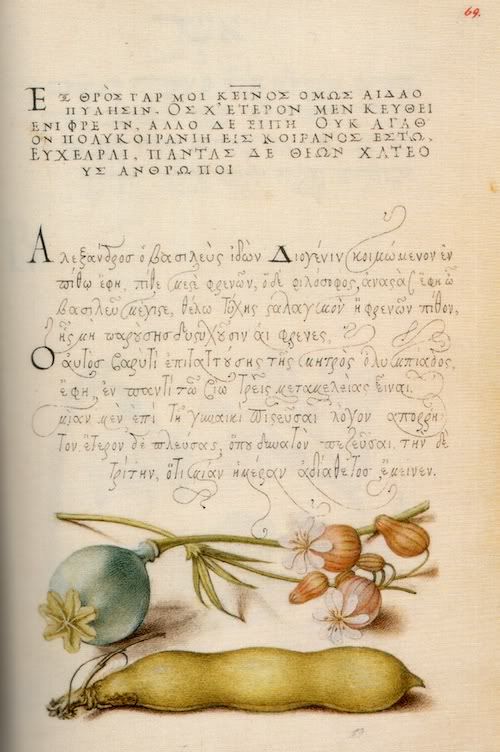
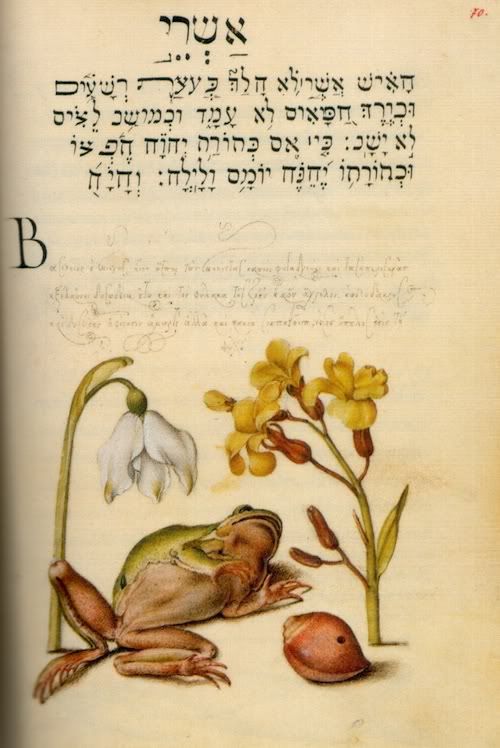
You can observe some similarities between his Greek script and the hand of Ange Vergecius in my recent post on the history of Greek typography. But in Vergecius, the ligatures and flourishes generally contained some meaning. In Bocskay, they are purely ornamental, as he makes his ascenders and descenders frolic frivolously beyond their proper lines. It’s whimsical and beautiful, but it could never serve as a foundation for metal type.
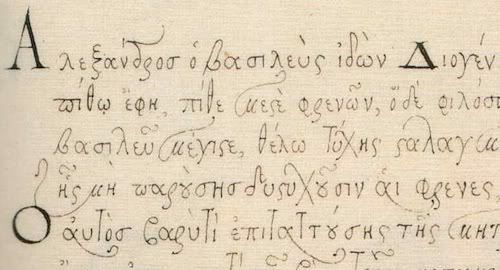

Looking more closely at Bocskay’s Greek script, we see two different forms of β, and elaborated tendrils from the α and μ. Note the funny π with its two rounded bottoms. Bocskay also uses the vertically stacked diphthong ου. Bocskay does not conform to modern conventions about when to use terminal (lunate) sigma (ς) and when to use medial sigma (σ)· αὐτοσ and δυσυχουςι.
The capitals, on the other hand, are modeled on printed Roman-style Greek capitals from the age of the printing press. They reproduce Achilles’ harsh response to Odysseus’ speech during the embassy scene in book 9 of the Iliad:
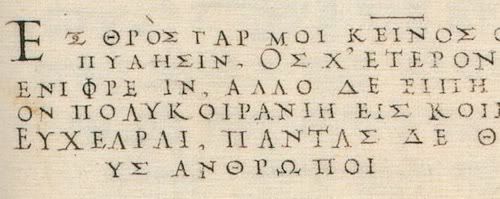
The Hebrew is the text of Psalm 1. Again, there are errors: a missing tittle on the gimmel of יהגה in the last line; terminal ם that looks more like a ס; and various missing daghesh, vowel points, and ש dots. But it sure is pretty, isn’t it?
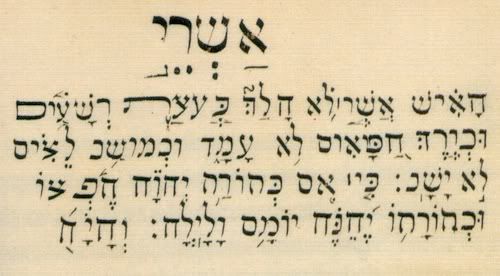
Leave a comment